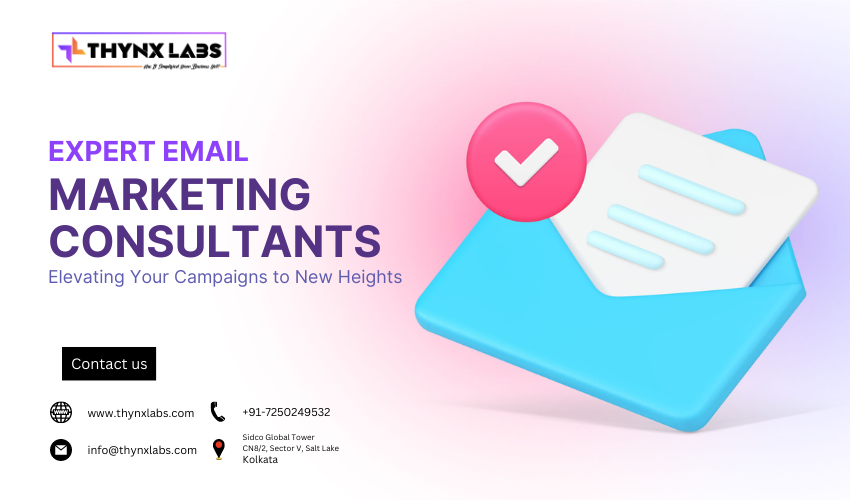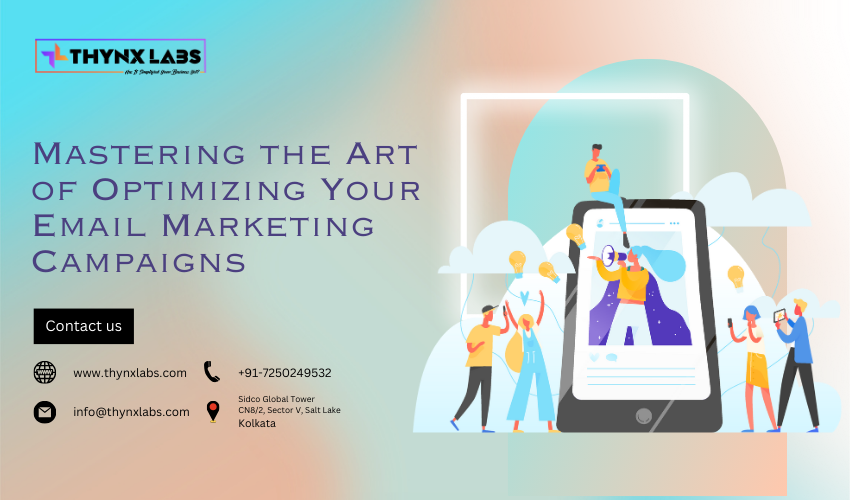Email Marketing for Your Business
Kickstarting Email Marketing for Your Business: A Comprehensive Guide
Embarking on an email marketing journey for your business is a strategic move that can significantly boost your brand's online presence and customer engagement. This comprehensive guide will walk you through the essential steps to get started with email marketing, from building your subscriber list to crafting compelling campaigns that drive results.
Understanding the Basics of Email Marketing
1. Define Your Goals:
Before diving in, clearly define your email marketing goals. Whether it's driving sales, building brand awareness, or fostering customer loyalty, having specific objectives will guide your strategy.
2. Choose an Email Marketing Platform:
Selecting the right email marketing platform is crucial. Platforms like Mailchimp, Constant Contact, or Sendinblue offer user-friendly interfaces, automation features, and analytics to track your campaign performance.
3. Build Your Subscriber List:
Start by collecting email addresses from your existing customers and website visitors. Utilize signup forms on your website, social media, and in-store to steadily grow your subscriber list.
Crafting Effective Email Campaigns
1. Segment Your Audience:
Divide your subscriber list into segments based on demographics, behavior, or preferences. This allows you to send targeted and relevant content to specific groups, increasing engagement.
2. Create Compelling Content:
Craft content that adds value to your audience. Whether it's informative newsletters, promotional offers, or exclusive updates, ensure that your content aligns with your brand and resonates with your subscribers.
3. Optimize for Mobile Devices:
With a significant portion of users accessing emails on mobile devices, ensure that your campaigns are mobile-friendly. Responsive design and concise content enhance the user experience on various screens.
Building Relationships through Email Marketing
1. Personalization is Key:
Personalize your emails by addressing subscribers by their names and tailoring content based on their preferences. Personalization fosters a sense of connection and increases engagement.
2. Engage with Automated Emails:
Implement automated email campaigns, such as welcome emails, abandoned cart reminders, and post-purchase follow-ups. Automation saves time and ensures timely communication with your audience.
3. Encourage Feedback and Interaction:
Foster two-way communication by encouraging feedback and interaction. Include surveys, polls, or calls-to-action that prompt subscribers to share their thoughts and preferences.
Monitoring and Optimizing Performance
1. Track Key Metrics:
Monitor key metrics such as open rates, click-through rates, and conversion rates. Analyzing these metrics provides insights into the effectiveness of your campaigns and areas for improvement.
2. A/B Testing for Optimization:
Experiment with A/B testing to optimize various elements of your emails, including subject lines, content, and visuals. Continuous testing helps you refine your approach for better results.
3. Adapt and Evolve:
Stay agile in your approach. Regularly analyze performance data and adapt your strategies based on the changing preferences and behaviors of your audience.
Ensuring Compliance and Building Trust
1. Comply with Regulations:
Familiarize yourself with email marketing regulations, such as the CAN-SPAM Act and GDPR. Ensure that your campaigns adhere to these regulations to maintain trust and avoid legal issues.
2. Transparent Communication:
Be transparent about your intentions and frequency of communication. Clearly communicate what subscribers can expect, and respect their preferences regarding email frequency.
Conclusion
Embarking on your email marketing journey requires a thoughtful approach. By understanding the basics, crafting compelling campaigns, building relationships, monitoring performance, and ensuring compliance, you can establish a robust email marketing strategy that contributes to the growth and success of your business.


